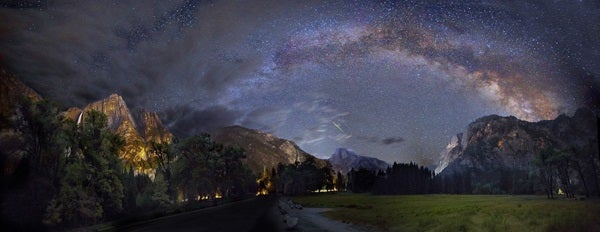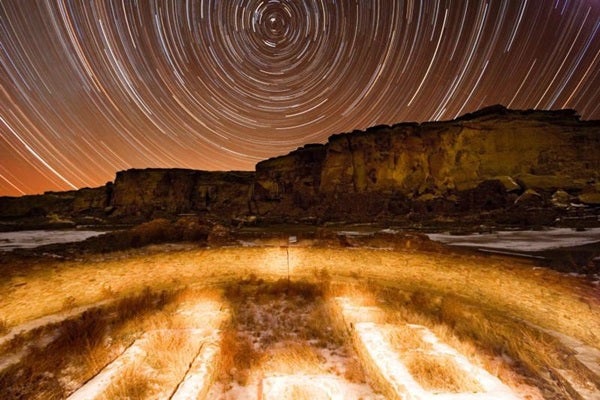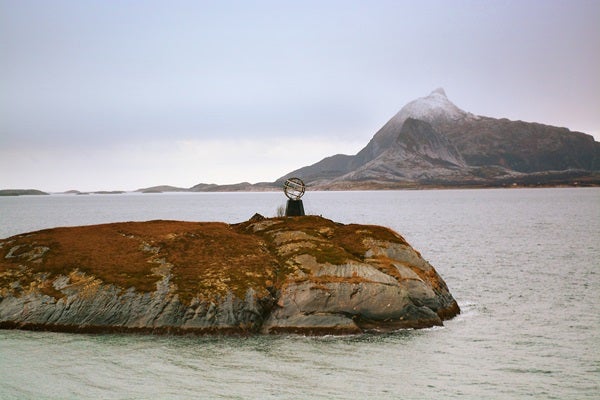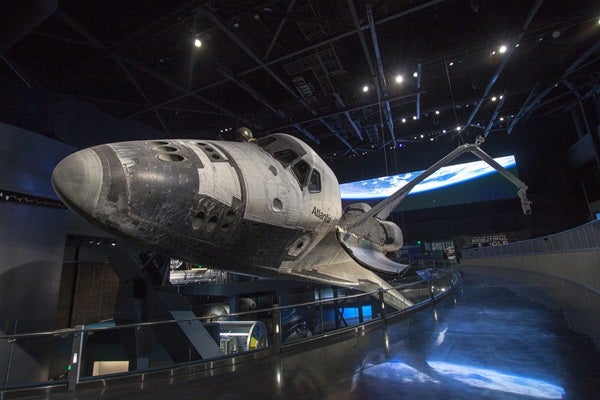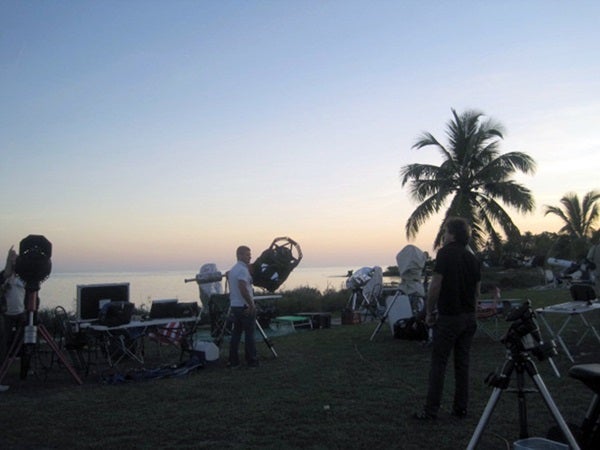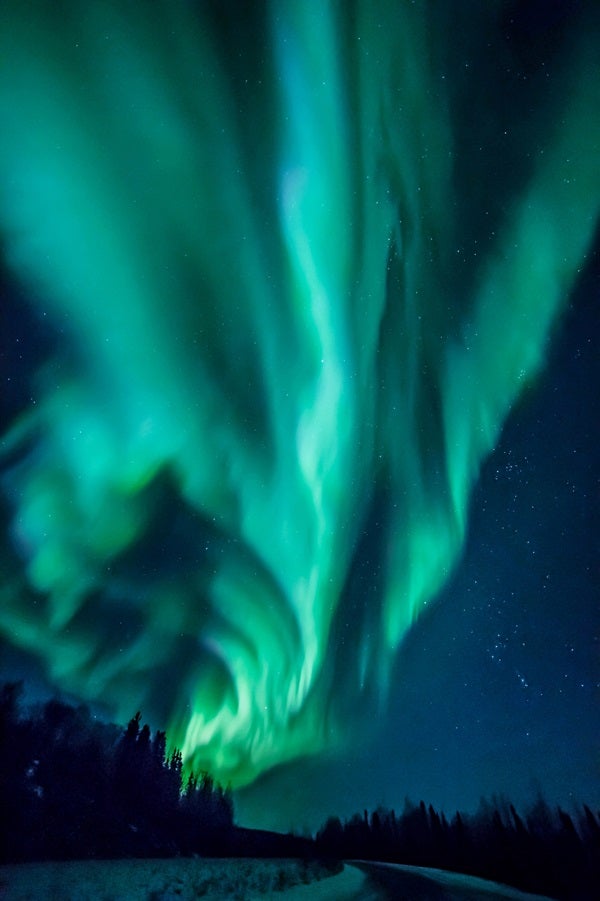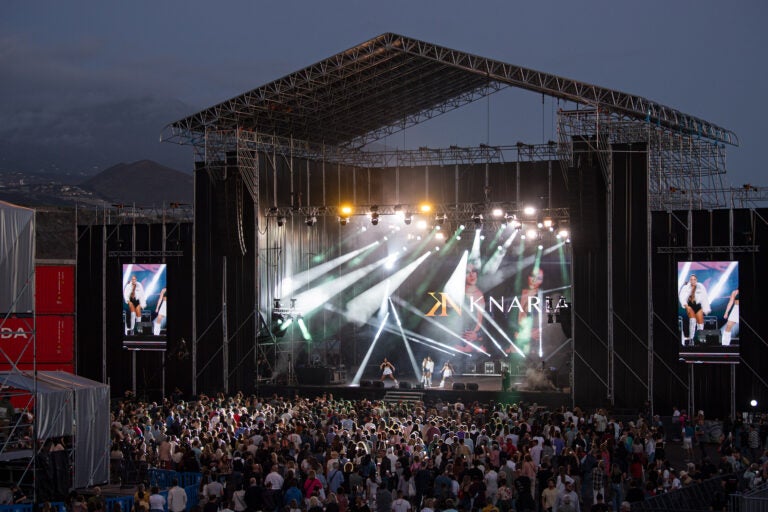No matter your budget or time constraints, it’s always possible to design a memorable astronomy vacation. If you’re planning a big trip, you can choose the do-it-yourself option or book a complete package with a tour company. Whether you prefer an overnight stargaze at your favorite nearby park or a lavish observing adventure on the opposite side of the globe, there’s something for everyone. While I haven’t checked every one of the following experiences off my personal bucket list, here’s a selection of some great astro-destinations and activities to get your planning started.
Going with a well-established company that manages your entire itinerary might cost a bit more but will remove a lot of worry and uncertainty about visiting a distant locale. One highly regarded and well-recognized company is TravelQuest International. This Prescott, Arizona, based business specializes in astronomical trips, cruises, and tours. It has a history of nearly four decades in the business and offers a wide choice of vacations around the world. In addition, the company is working with Astronomy magazine to bundle noted speakers in with its trips. You can find a list of collaborative astro-tours on Astronomy.com.
TravelQuest offers one opportunity that is quite literally out of this world. While there are eclipse and auroral tours aplenty, they are now accepting flight bookings with Virgin Galactic, an enterprise working hard to become the world’s first commercial spaceline. Priced at $200,000 per seat with a minimum deposit of $20,000, these early flights do not come cheap, but it would be an experience you’d remember for the rest of your life.
If you’re looking for a more down-to-earth choice, TravelQuest has a number of attractive ground-bound tours for 2015/2016. The Norway Aurora, Culture, and Scenic Wonders tour catches my interest. Starting in Trondheim, you’ll cruise the fjords for four days, and then gain firsthand experience of Lapland culture, both now and from times past. Spy reindeer on the tundra, and feast in the traditional style. What better way to view the northern lights?
Borrow a bigger telescope
If you’re not the type to let someone else do all your planning (or if your pockets simply aren’t that deep), there are many other options. Want a chance to observe with some extremely large telescopes?
Out at California’s Mount Wilson Observatory, you’ll find the largest telescopes in the world devoted solely to public viewing. You can book the historic 60-inch reflector for visual observing in groups from two to 25 individuals — or go by your lonesome. Built with funds provided by Andrew Carnegie in 1908, the 60-inch was the largest telescope in the world for 10 years.
Over in Arizona, you can check out Kitt Peak National Observatory. Its offerings run the gamut from nightly stargazing sessions for beginners and workshops on binocular observing (the observatory will be happy to provide the equipment) all the way up to advanced imaging and overnight programs. You also can rent an observatory and guide for a three-hour session. And if big telescopes are your thing, be sure to check out the 0.9-meter public nights program, which allows visitors to observe through the WIYN Consortium Research Telescope.
Venturing further afield, there’s always Hawaii. Friends of mine spend no little time bragging about the astronomical advantages of the Big Island and its telescopes. While there are lots of scopes on the island, unfortunately the Subaru Observatory is the only facility that has formal public tours still available. If you’re thinking about going, be aware you’ll need to sign up months in advance.
If you’re unable to make Subaru (or while you’re already there), the Keck Observatory has a public gallery that describes its research and lets you peek at the underside of the Keck I Telescope. In addition, the Mauna Kea Visitor Information Station, located 9,200 feet (2,800m) up the mountain, is open every day of the year from 9 a.m. to 10 p.m. and provides free stargazing programs outside the visitor station every night. It has an online calendar of events that details upcoming outreach sessions along with a Saturday program schedule. But be aware that the drive to the summit can be a bit rough! The visitor station halfway up makes for an easier trek, but for either destination, altitude should be taken into account; it’s recommended that children under 16 do not attend.
Less expensive and a little closer to home, some of my favorite stargazing experiences have been in America’s National Park System. Due to the abundance of lights and — worse yet — the ever-popular campfire, with its ability to scatter smoke particles across sensitive optics, campgrounds themselves usually are not the best for stargazing. However, walk down the path a short way, and you’ll find the dark skies you crave. Many parks offer nighttime observing sessions, typically geared for beginners. Usually offered by park rangers, often with the assistance of local astronomy clubs or volunteers, these sessions are an accessible and inexpensive glimpse into near pristine dark skies. Check with the ranger station in your destination of choice for specific locations, times, and opportunities.
While we’re on the subject of observing in the national parks, I’d be remiss if I didn’t point out the following notable stargazing experiences.
While I’ve not been there, Chaco Canyon, New Mexico, is one of the few parks that has an actual observatory. Since 1991, the Chaco Night Sky Program has been educating visitors on the astronomical practices of the Chacoan people from over a thousand years ago, as well as using more modern approaches to view the night sky. In 1998, the National Park Service dedicated the Chaco Observatory, and in 2013 the park gained status as an International Dark Sky Park.
Even if there’s nothing organized, I’ve found that bringing my own optics to darker skies than I have at home is an extremely worthwhile experience. Some of my personal favorites include Yellowstone in Wyoming, the Badlands in South Dakota, and various lesser-known parks like Isle Royale in Michigan and Great Basin in Nevada. Great Basin is probably one of the best-kept secrets for amateur astronomers. Take some of the darkest night skies in the United States, combine them with low humidity, low light pollution, and high elevation, and you’ve got a recipe for heaven. While there’s no denying the grandeur of Half Dome, located in Yosemite National Park, California, there is also a distinct allure to staying a little more off the beaten path.
If you’re looking for the ultimate low-cost astronomical stargazing vacation, be sure to check out any national or state forest in your neck of the woods. While it can take a little searching to find suitably unobstructed views for observing, these wilderness areas can offer unmatched skies and glorious isolation. Campsites are available for a nominal fee, but amenities are limited. To find the national forest nearest you, check out the U.S. Forest Service’s interactive online visitor map.
High on my bucket list is an auroral tour in Alaska. There are many companies offering northern lights experiences. Most offer a complete package, but doing it piecemeal is certainly an option. One of the most popular destinations for basing a trip like this is Fairbanks. Its location makes it prime for northern lights observing while remaining relatively accessible. Some may shudder at the thought of winter in Alaska, with it’s –40° nights, but spectacular aurorae make such a trip worthwhile for many.
At the other end of the country and the thermometer, consider the Florida option. The Winter Star Party (WSP), hosted by the Southern Cross Astronomical Society of Miami, is one of the most recognized star parties worldwide. The WSP is held way down in the Florida Keys around the New Moon in February. Again, make reservations and buy tickets well in advance.
That’s not all there is to do in Florida. Big on any astro-nut’s list should be the Kennedy Space Center (KSC) at Cape Canaveral. KSC offers several tour options: the KSC Bus Tour and a series of “Up-Close” tours. The Bus Tour provides an overview of the space center and is included with admission. The Launch Control Center Tour allows a peek into Firing Room 4, the room that controlled the 21 shuttle launches since 2006. The Explore Tour includes views of launch pads, the Vehicle Assembly Building, the Shuttle Landing Facility, and more. And for history buffs, you won’t want to miss the Then & Now Tour, which lets you explore the history of America’s space program, hear its stories, and even touch a piece of another world.
We take vacations to step out of our everyday world and experience something new. We take them for relaxation and entertainment. We take them to revitalize and reinvigorate ourselves. Next time you take a trip, consider matching your getaway with your favorite hobby. What better choice could there be?

